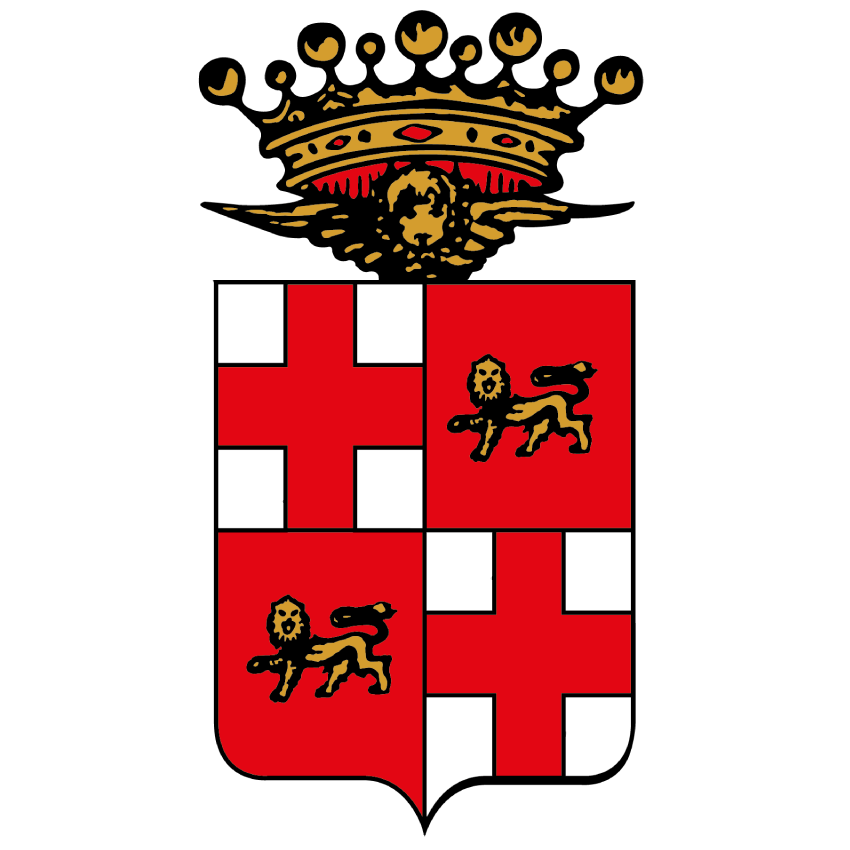The arch, known as L’Arco di Trionfo, is the symbol of the city of Chieri, marking its artistic renaissance, and represents chronologically the first example of Baroque in Chieri. The monument is a work dating from the end of the 1500s and can be admired from the nearby square, Piazza Umberto I. The origins of Chieri’s Arch, which was put up in 1580 in honour of Emmanuel Philibert of Savoy and completed on the occasion of the birth of the heir to the throne, Duke Philip Emmanuel, were based on the wish of the municipality to pay respect to the stay of the Sabaudian court in Chieri.
During the second half of the XVIIIth century two architects, first Vittone (1761) and then Mario Ludovico Quarini (1785), carried out restoration work to bring it into line with Baroque tastes: their drawings show the attention to detail in the stuccoes displaying the Sabaudian coat of arms on the façade towards the square and the coat of arms of Chieri on the façade on the street side, as well as the presence of the various statues. The Arch was damaged during the popular revolt at the end of the 1700s, removing signs of the monarchy, and was subsequently restored once more at the end of the 1800s, when the statues and coats of arms were permanently removed and replaced by clocks.
It wasn’t until 1837, by order of King Charles Albert, that a clockwork clock was added. The monument that can be seen today is entirely constructed in brick, planned in two separate parts and frescoes cover most of the surface of the structure.


